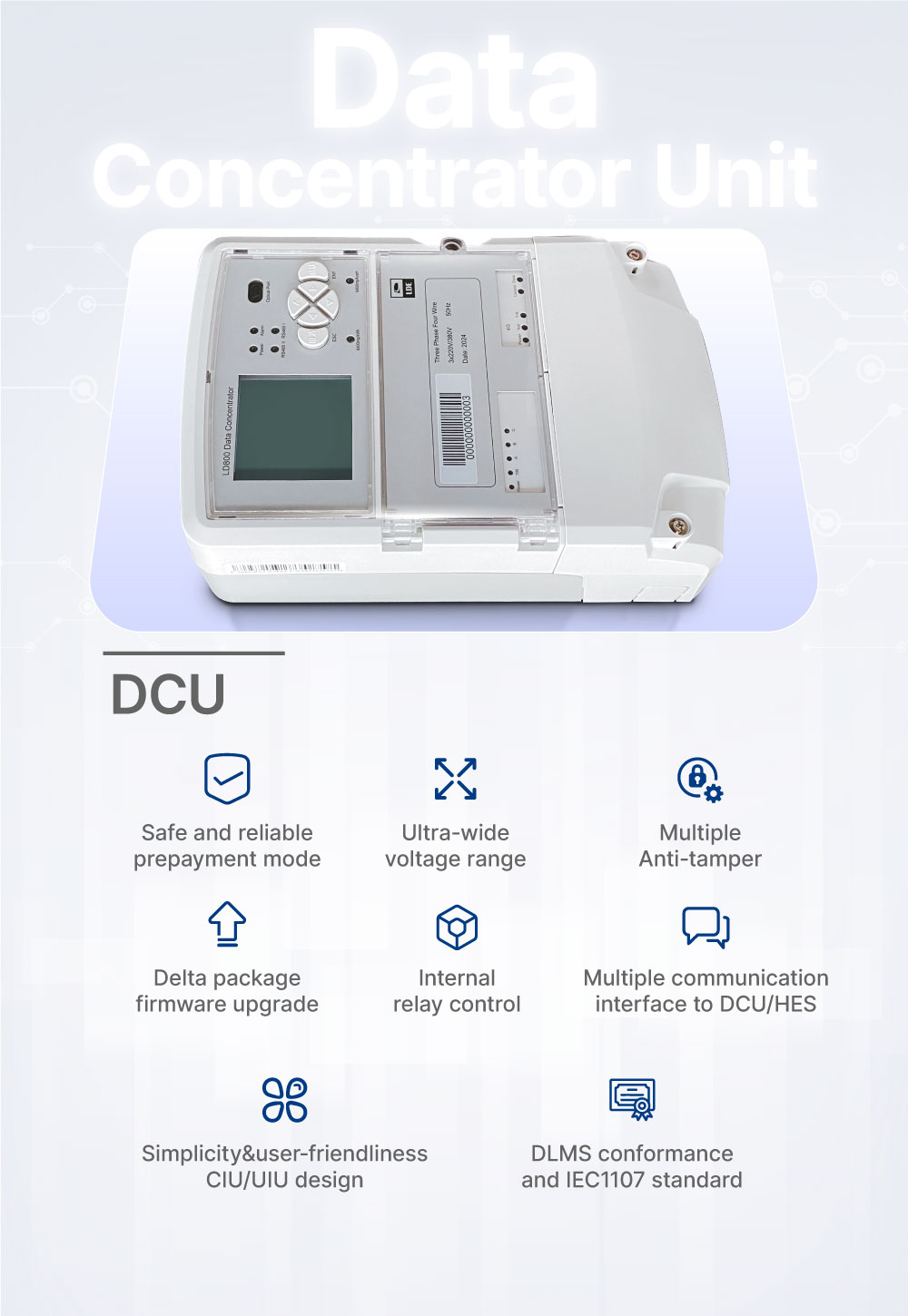Data Concentrator Unit: The Backbone of Smart Metering Systems
Introduction
While smart metering systems is transforming global utility management, it’s important to note that the Unit Konsentrator Data (DCU) serves as its operational cornerstone. Not only does this device aggregate meter data, but it also enables bidirectional communication between endpoints and central systems. As a result, utilities gain unprecedented visibility into consumption patterns.
To illustrate its significance, this article examines the DCU’s core functions, followed by an analysis of Londian’s competitive advantages, and finally explores real-world applications.

What Is a Data Concentrator Unit (DCU)?
Essentially, a DCU operates as a data traffic controller. Although smart meters collect raw usage data, the DCU takes this further by:
- First, consolidating readings from hundreds of meters while simultaneously applying data validation protocols.
- Subsequently, it transmits processed datasets either to utility servers or cloud platforms, depending on infrastructure.
- Meanwhile, the unit continuously monitors network integrity through embedded RF management tools.
For instance, when meter tampering occurs, the DCU immediately triggers alerts whereas traditional systems might delay detection.
Why Londian’s DCU Stands Out
Compared to conventional concentrators, Londian’s solution delivers three transformative benefits:
✔ Initially, its multi-protocol support future-proofs deployments since utilities often phase in new communication standards.
✔ Moreover, the hardware’s edge-computing capability reduces latency by preprocessing data locally.
✔ Consequently, municipalities report 30% faster billing cycles after implementing these DCUs.
Specifically for industrial users, this means real-time substation monitoring becomes feasible without requiring additional middleware.
Applications Across Industries
Beyond electricity metering, DCUs enable:
- Water utilities to detect leaks through continuous pressure monitoring
- Additionally, microgrid operators leverage them to balance renewable generation with storage systems
A prime example is Singapore’s smart water grid, where DCUs helped reduce non-revenue water by 15% within 18 months.
Kesimpulan
In summary, while DCUs form the nervous system of AMI networks, Londian’s implementation pushes boundaries further. Therefore, organizations seeking to modernize infrastructure should prioritize these four aspects when evaluating solutions:
- Not just data throughput, but also cybersecurity safeguards
- Both backward compatibility dan forward-looking protocol support
For this reason, over 120 utilities across EMEA have standardized on Londian’s platform.
